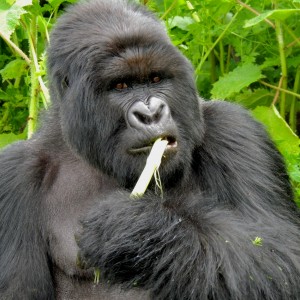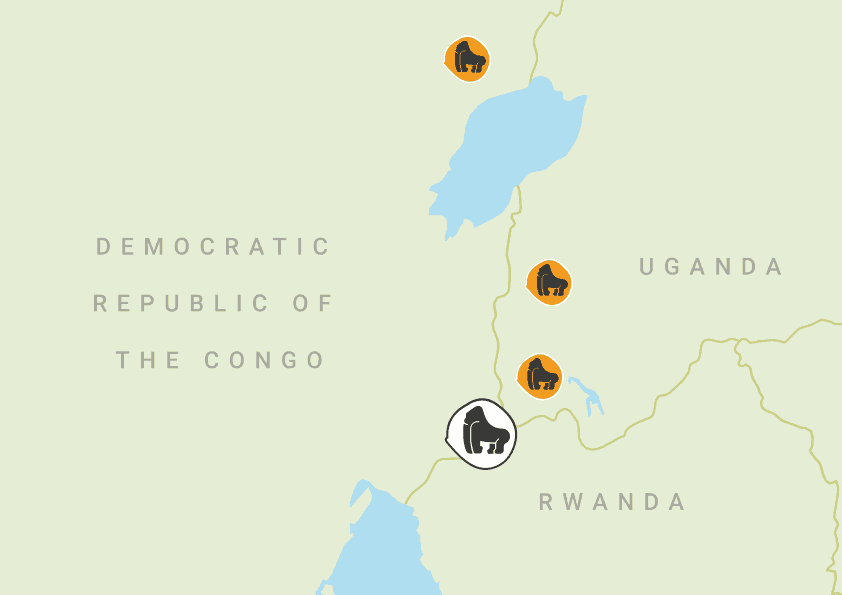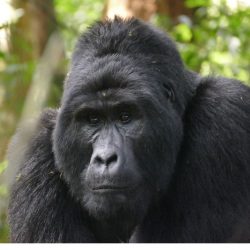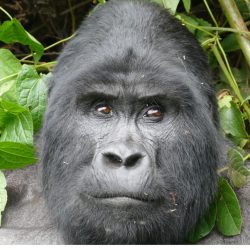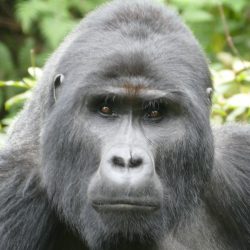AMAHORO
22 MEMBERS: LAST UPDATED 31/01/2024
Amahoro group is found in Volcanoes National Park in Rwanda and led by dominant Silverback Gahinga. The habituation of Amahoro group started in March 1996 and stopped in 1997 due to the war. The group was opened for tourism in 2000. On May 4th, 2002, the dominant Silverback Amahoro died at about 31 years of age due to an unknown cause. After his death, the two subordinate Silverbacks Ubumwe and Charles could not agree on who would step in Amahoro’s leadership. Therefore, the group split into two; the main Amahoro led by Ubumwe and another led by Charles. Charles’s group was later called Umubano. Today Amahoro group is composed of 22 individuals including 4 Silverbacks,7 Adult females,4 Sub-adult females, 3 Juvenile and 4 Infants. The group is currently led by Gahinga after Ubumwe disappeared / left the group in June 2015.
